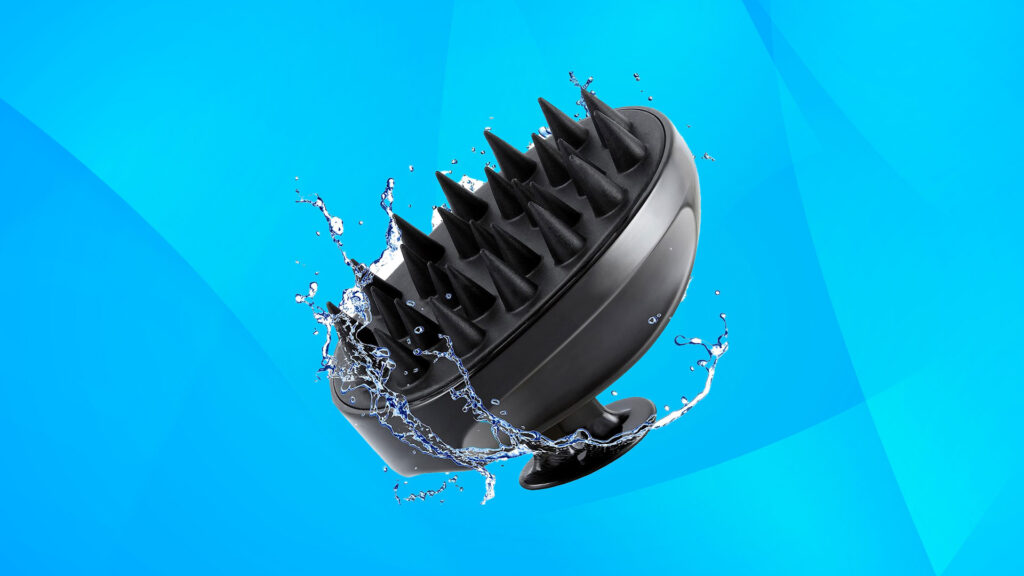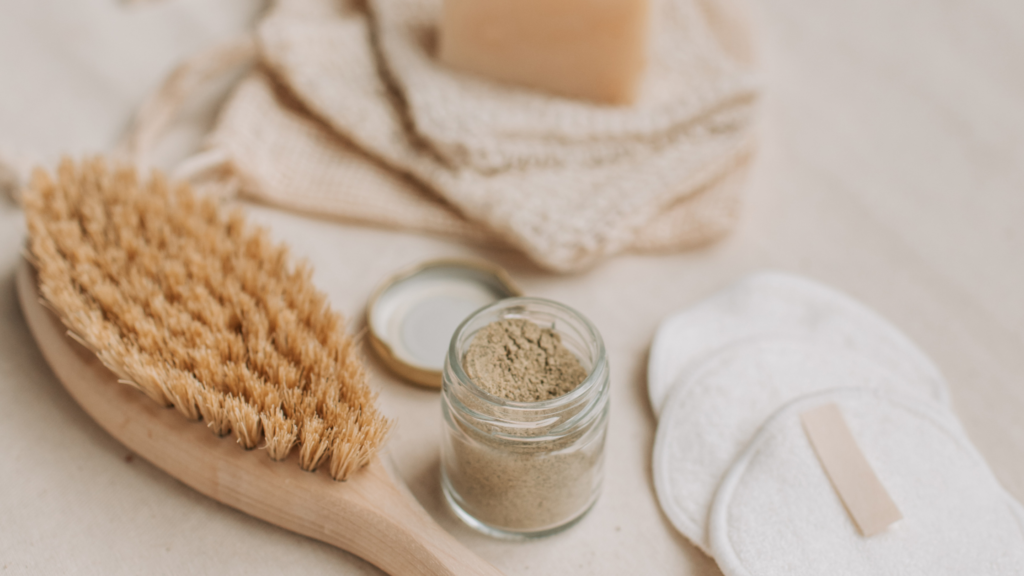In the realm of skincare innovations, one treatment stands out for its remarkable versatility and effectiveness: Intense Pulsed Light (IPL) therapy. This medical-grade procedure harnesses the power of light to address a wide range of skin concerns, from sun damage to rosacea, offering transformative results for those seeking a radiant complexion. Let’s delve into what IPL is, how it works, and why it’s a top choice for tackling various skin conditions.
What is Medical-Grade IPL Laser?
IPL, or Intense Pulsed Light, is a non-invasive cosmetic treatment that utilizes broad-spectrum light energy to target specific skin concerns. Unlike traditional laser treatments that use a single wavelength of light, IPL delivers a range of wavelengths, allowing it to address multiple skin issues simultaneously.
How Does IPL Work?
During an IPL treatment session, a handheld device emits pulses of light that penetrate the skin’s surface without causing damage. The light energy is absorbed by melanin (responsible for pigmentation) and hemoglobin (found in blood vessels), targeting areas of discoloration, redness, and uneven texture. This prompts the body’s natural healing response, leading to clearer, more evenly toned skin over time.
Application in Treating Skin Conditions, Including Rosacea:
One of the most notable applications of IPL therapy is in the treatment of rosacea, a chronic inflammatory skin condition characterized by facial redness, visible blood vessels, and often, bumps or pimples. IPL effectively targets the underlying vascular component of rosacea, reducing redness and calming inflammation, thereby improving overall skin appearance.
Average Number of Treatments and Frequency:
The number of IPL treatments required varies depending on individual skin concerns and severity. For rosacea, patients typically undergo a series of 3 to 6 sessions spaced 3 to 4 weeks apart to achieve optimal results. Maintenance treatments may be recommended annually or as needed to sustain improvements.
Typical Outcomes or Results:
Following IPL treatments, patients typically notice a gradual reduction in redness, decreased visibility of blood vessels, and overall improvement in skin tone and texture. Results continue to improve in the weeks following each session, with maximum benefits realized after completing the recommended treatment series.
Best Candidates for IPL Treatment:
Ideal candidates for IPL therapy are individuals seeking to address specific skin concerns such as sun damage, hyperpigmentation, vascular lesions, or rosacea. Candidates should have realistic expectations regarding the outcomes and be committed to adhering to the recommended treatment plan.
Why IPL is a Good Option:
IPL offers several advantages as a skincare treatment option:
– Non-invasive: IPL requires no incisions or downtime, making it a convenient option for those with busy lifestyles.
– Versatility: IPL can target multiple skin concerns simultaneously, including pigmentation irregularities, vascular lesions, and rosacea.
– Minimal Discomfort: Patients may experience mild discomfort during treatment, often likened to a snapping sensation, but discomfort is typically well-tolerated and temporary.
– Long-lasting Results: With proper skincare maintenance and sun protection, IPL results can be long-lasting, providing sustained improvements in skin appearance and texture.
In summary, medical-grade IPL laser therapy is a powerful tool in the arsenal of skincare treatments, offering a safe, effective, and non-invasive solution for addressing various skin concerns, including rosacea. By understanding how IPL works and its potential benefits, individuals can make informed decisions to achieve clearer, more radiant skin.
Ready to embark on your journey to luminous skin? Consult with a qualified dermatologist or skincare professional to learn if IPL therapy is right for you. Here’s to embracing your skin’s natural beauty and radiance with confidence!

Dr. Joanna Smith, DNP, MSN, RN, MBA, SSGB, RT, LE, CLT
President & CEO
Integrated Medicine Institute, Inc.



